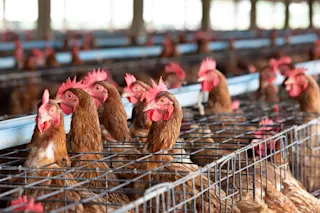People aren’t the only ones facing a pandemic. In fact, avian influenza is currently afflicting flocks all around the world, with the prevalence of flu infections in birds flying past previous records in the U.S. in particular. So, what is avian influenza, and why, specifically, is it so severe this year?
Avian influenza, also known as avian flu, is a type of influenza infection from any one of several virus variants that naturally arise in birds. Identified in over 100 species of wild waterfowl from around the world, these variants typically target ducks, geese, gulls and swans, several species of which show no signs or symptoms of infection at all. That said, though these variants traditionally stay somewhat stable within wild populations, they occasionally transition to factory farms.
Usually restricted to the fall and spring seasons, these transitions tend to occur when wild birds move. In fact, migratory patterns are ...















